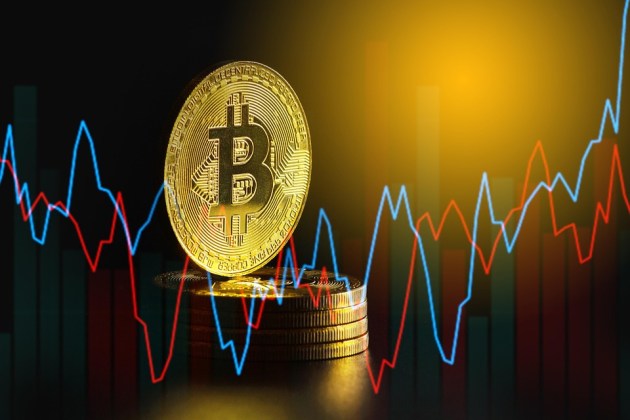Bitcoin (BTC) registered a 5.9% gain between June 2 and 5, but its rally was halted at $71,746. This movement was supported by a nearly $1 billion worth of inflows into U.S.-listed Bitcoin spot exchange-traded funds, indicating strong demand from institutional investors.
Bitcoin’s bullish momentum was also fueled by the significant growth of the U.S. banking sector’s unrealized losses. However, despite favorable conditions, including a more crypto-friendly stance from U.S. lawmakers, Bitcoin was unable to break above $72,000.
Regulatory uncertainty persists despite positive developments
According to Matt Hougan, Bitwise’s chief investment officer, regulatory uncertainty has hindered financial advisers from increasing their crypto exposure. Nevertheless, Hougan believes the U.S. is moving toward regulatory clarity, a shift that began when Democrats voted to repeal the U.S. Securities and Exchange Commission's (SEC) Staff Accounting Bulletin 121.
The SEC’s approval of spot Ethereum ETFs is another sign that U.S. regulators are less inclined to pick anti-crypto disputes after multiple court losses, including Grayscale’s GBTC Trust conversion into a regular ETF. However, Bitwise’s Hougan notes that U.S. President Joe Biden’s veto of the SAB 121 repeal shows that “crypto still has a long way to go.”
According to a Federal Deposit Insurance Corporation (FDIC) report, U.S. financial institutions are currently carrying $517 billion of accounting loss due to the impact of higher rates on their residential mortgage-backed securities. The report, published on May 29, states that 64 banks were on the brink of insolvency in the first quarter of 2024.
Bitcoin’s price may drop ahead of negative macroeconomic events
BitMEX co-founder Arthur Hayes argued that the most likely fix is to “print more money,” which is exceptionally favorable for scarce assets like Bitcoin. In Hayes’ view, Bitcoin’s 43% bull run over 30 days that began in March 2023 was triggered by the collapses of Silicon Valley Bank and Silvergate Bank. A similar pattern could unfold in 2024.
However, even if this theory is correct, meaning the U.S. Federal Reserve will inject liquidity into the system to avoid a generalized bankruptcy or ease the pressure on the banking system via repurchase agreements and special credit lines, odds are Bitcoin's price will first decline if the stock market and bond markets suffer.
Before initiating the rally in March 2023, Bitcoin’s price dropped to $19,559, the lowest in almost two months. At the time, the movement reflected the same uncertainty that moved the U.S. 2-year Treasury yield from 5.07% to 3.98%, which is extremely unusual and indicates that traders were willing to decrease their yield for the security of having a government-backed asset.
Consequently, investors might be expecting a price correction ahead of the eventual Bitcoin rally, although there is no guarantee that the trend from 2023 will repeat itself, especially with the stellar track record of recurrent inflows by the U.S. spot Bitcoin ETFs, accumulating over $52 billion since its launch in January.
Related: Bitcoin halving impacts miner Riot’s revenue by 43% despite new facility
Stock market success is not inherently positive for Bitcoin
One should also consider the stellar performance of U.S.-listed tech stocks, including NVidia (NVDA), which caused the S&P 500 index to reach an intraday all-time high of 5,342 on June 5. Analysts from UBS expect the Fed to cut rates twice this year, creating a “healthy backdrop for stocks,” as reported by CNBC.
Even if not competing for the same money as Bitcoin, a strong stock market performance reduces incentives for alternative assets. GameStop’s (GME) 32% week-to-date pump, triggered by influencers and social network posts exhibiting ‘Roaring Kitty’ gains surpassing $85 million, may also negatively impact trader’s interest in cryptocurrencies.
In short, there’s nothing holding Bitcoin back from posting a new all-time high in 2024. However, as long as investors remain comfortable with fixed-income and stock market traders, there's less incentive for a push above $71,000 in the near term.
This article is for general information purposes and is not intended to be and should not be taken as legal or investment advice. The views, thoughts, and opinions expressed here are the author’s alone and do not necessarily reflect or represent the views and opinions of Cointelegraph.








